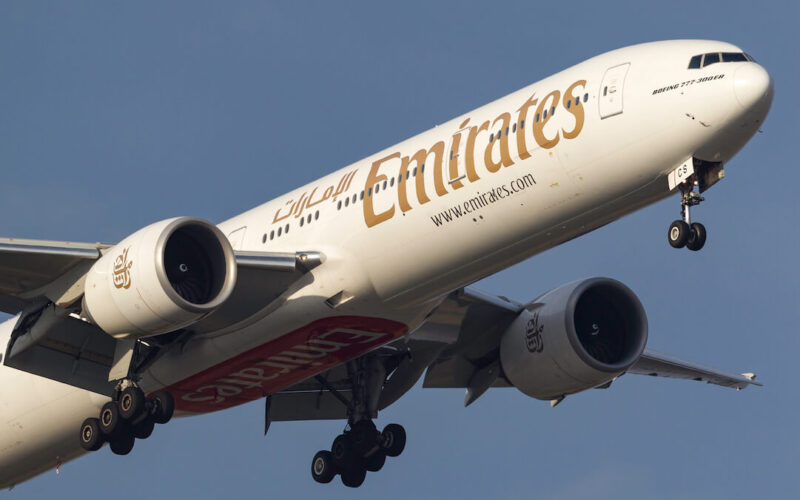Emirates, the government-owned carrier of the United Arab Emirates, published its annual financial results for FY2021-22, in which the airline ended with a $1 billion (AED 3.8 billion) loss.
On May 13, 2022, Emirates issued a review of its results for the financial year 2021-2022, which ended on March 31, 2022. Though the airline posted a $1 billion (AED 3.8 billion) loss, it still managed to improve its financial performance compared to the previous financial year, when it suffered a $6 billion (AED 22.1 billion) loss.
As passenger demand for international air travel recovers, the airline said its revenue in FY21-2022 reached more than $18 billion (AED 66.2 billion), which came as a 86% increase when compared to the revenue levels in FY2020-21. Emirates outlined that despite the operational pandemic-related challenges, its business recovery picked up pace, particularly in the second half of the year when restrictions were eased.
“Robust customer demand drove a huge improvement in our financial performance compared to our unprecedented losses of last year and we built up our strong cash balance,” Emirates chief executive officer Sheikh Ahmed bin Saeed Al Maktoum said, outlining that the company ended the year with a cash balance of around $7 billion (AED 25.8 billion), up 30% from the previous financial year.
The Dubai-based carrier counted that in 2021-22, it served 19.6 million passengers, almost doubling the number of travelers it carried in the previous financial year. Aiming to dynamically respond to the ever-changing business environment, Emirates said it boosted its network by adding additional 20 routes, bringing the total number of destinations to 140.
In the meantime, to position its business for recovery and future growth, the carrier also invested $2.2 billion (AED 7.9 billion) in its aircraft fleet. During the recently ended financial year, Emirates expanded its fleet with the delivery of its five last A380 wide-body planes, all equipped with its latest cabin interiors including Premium Economy seats.
Meanwhile, it phased out 2 older aircraft comprising of 1 Boeing 777-300ER and 1 cargo aircraft. Its fleet size now stands at 262 jets with an average age of 8.2 years.
“In 2021-22, Emirates continued to progress its environmental strategy focussed on reducing carbon emissions, consuming resources responsibly, and conserving wildlife and habitats. During the year, the Group supported community, humanitarian and philanthropic initiatives in its various markets, as well as innovation incubators, and other programs that nurture future solutions for industry growth,” the carrier wrote.
Despite the recent loss, Emirates expects to return to profitability in FY2022-23.

